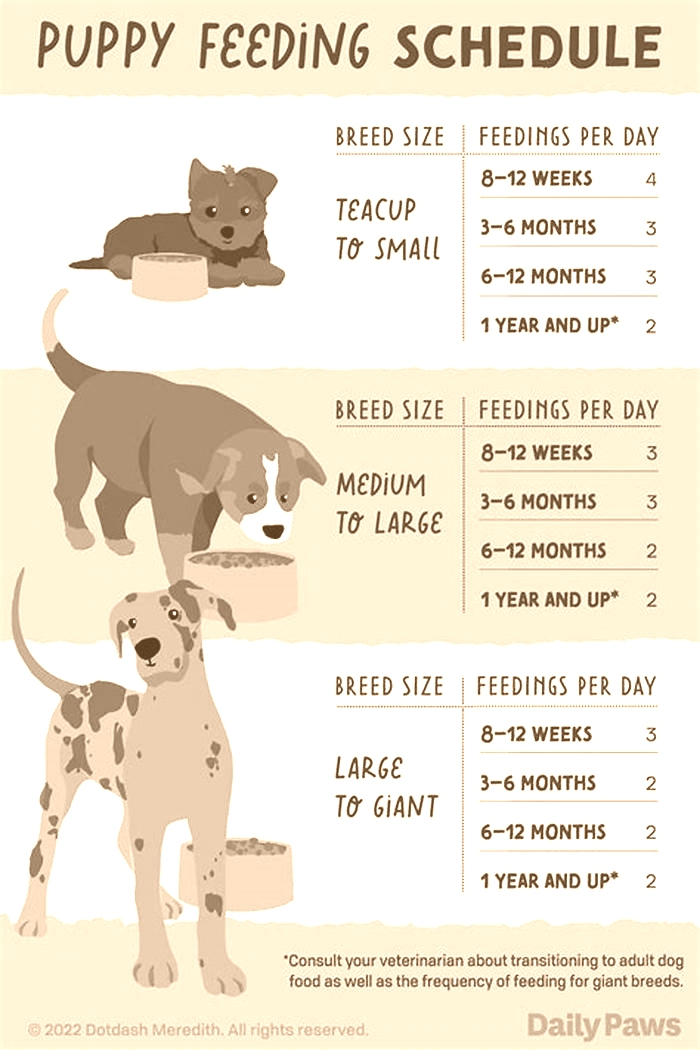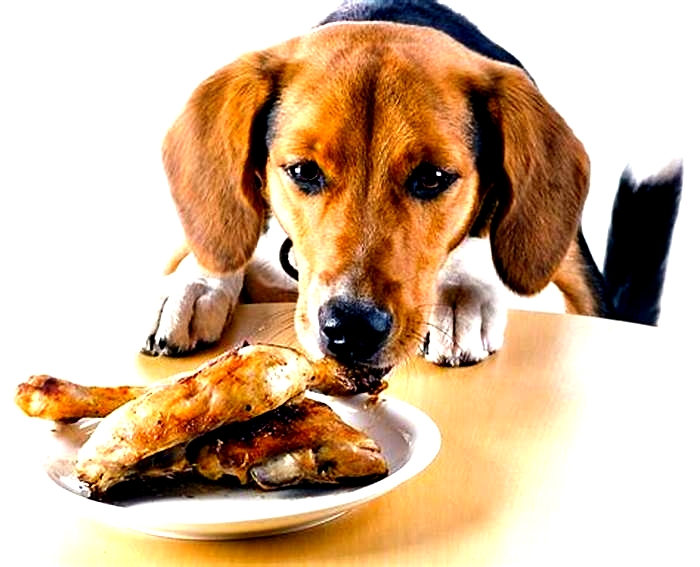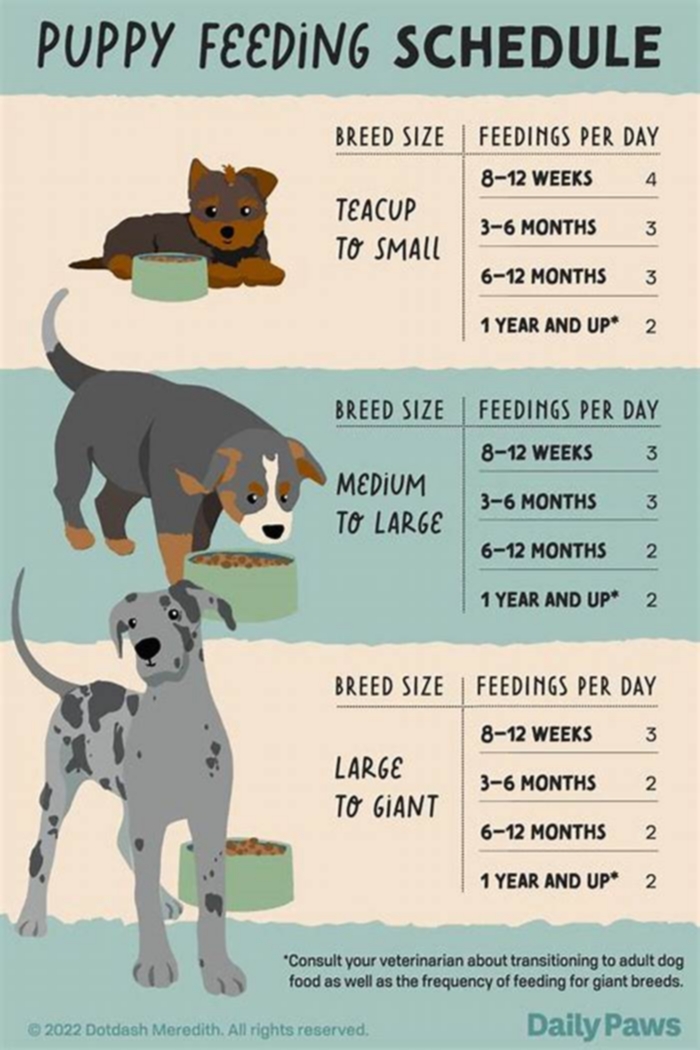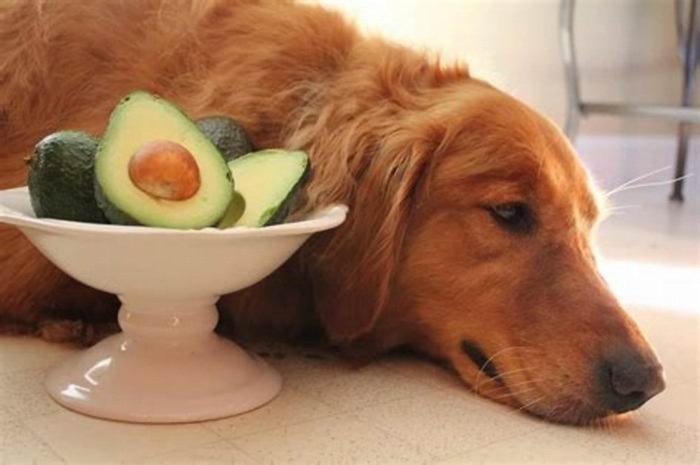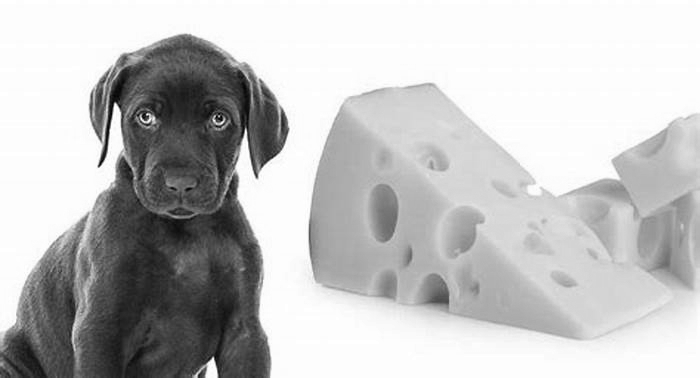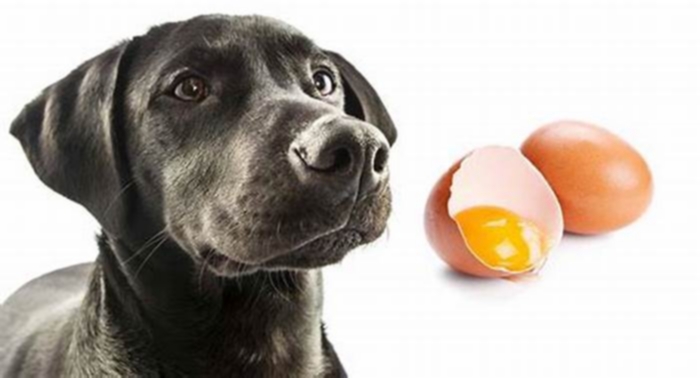Is garlic bad for dogs
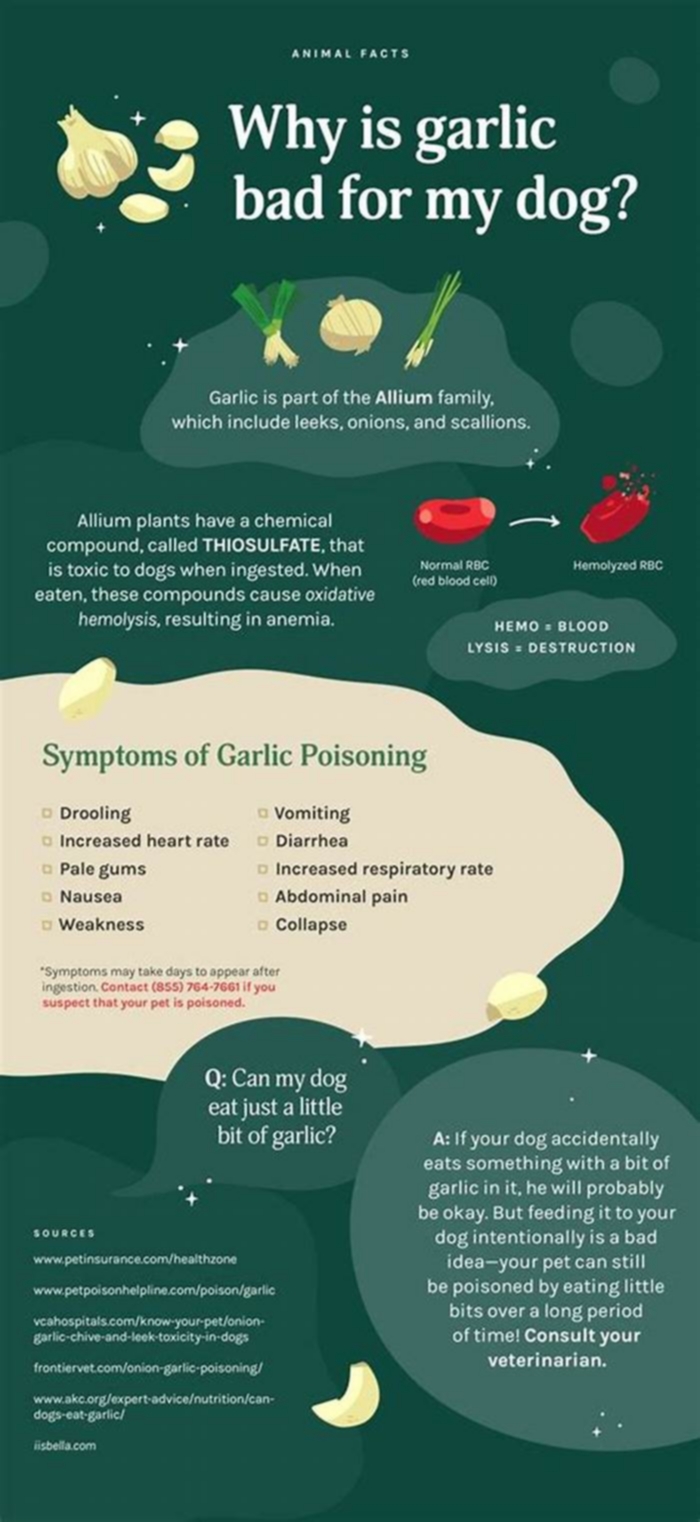
Can Dogs Eat Garlic?
Many common human foods, such as garlic, are not safe for pets. While garlic may be a great way to add flavor to a dish, it can be toxic to dogs at amounts that are normally used in cooking.
Find out what effect garlic has on dogs, symptoms of garlic poisoning that you should watch for, what to do if your dog eats garlic, and how your vet can help.
Why Is Garlic Bad for Dogs?
Garlic, whether raw or cooked, is toxic to dogs. If a dog eats enough garlic, it can eventually kill them if they do not get medical treatment.
Garlic, onions, and leeks are all in the Allium genus of plants. Dogs are not allergic to plants in this genus, but the plants contain N-propyl disulfides and thiosulfates. When these are metabolized by the pets body, it causes damage to their red blood cells.
Garlic is a gastrointestinal irritant and can cause vomiting and diarrhea in dogs. In high doses, it can also have toxic effects on the blood, particularly red blood cells.
Red blood cells transport oxygen to tissues. When a pet ingests garlic, it causes damage that disrupts the absorption and delivery of oxygen to the body, and it can also cause hemolysis, or destruction of red blood cells.
Consuming as little as 2 grams per pound of your dogs weight can cause observable changes in a pet's stomach, and larger amounts can damage the blood. For reference, each garlic clove weighs an average of 5 grams. For a medium-sized dog weighing around 25 pounds, treatment will be needed if they ingest 50 grams of garlicapproximately 10 cloves, or half of a garlic bulb.
Can Dogs Have Garlic Powder or Garlic Salt?
Garlic salt and powder are more concentrated forms of garlic. This means that smaller amounts of these substances can lead to toxic effects for your pet. Most toxicities noted in pets are caused by garlic used in these forms in food.
Can Dogs Eat Garlic Bread?
Dogs should not have garlic bread, since it contains a toxic ingredient, and the butter and fat are not good for your dog, either.
Garlic toxicity depends on how much garlic was consumed compared to the size of the pet. Garlic bread typically contains a lower amount of garlic compared to foods cooked with garlic or garlic salt/powder and is therefore less toxic.
While garlic is the only toxic ingredient typically used in garlic bread, it also has ingredients like butter and cheese, which are both high in fat and salt. Pets are not accustomed to eating rich foods such as this, and it may lead to vomiting, diarrhea, or pancreatitis.
Why Do Some Dog Foods Have Garlic?
Garlic contains many healthy components, such as amino acids, sulfur, zinc, potassium, phosphorus, and vitamins. At very low doses, garlic can be beneficial for your pets health. Most pet foods have very low concentrations of garlic and have been tested by pet food manufacturers with no toxic effects observed.
But remember that these foods have been tested, and it is not the same as giving your dog garlic at home.
Can You Give Dogs Garlic for Fleas?
Some pet parents may think that giving a dog garlic can help with flea control. The theory is that if your dog eats garlic, it changes the smell and taste of the pet to the fleas, thus making the pet a non-appetizing host.
There is currently no scientific evidence that this reaction occurs. It is not recommended to use garlic for controlling fleas on your dog. Many safe prescription medications are available to help control pests on your pet. Talk to your vet about which is best.
Signs of Garlic Poisoning in Dogs
See your vet right away if you see these signs of garlic toxicity in dogs:
Lethargy
Weakness
Ataxia (lack of coordination)
Pale gums
Vomiting and/or diarrhea
Increased heart and/or respiratory rate
Red or brown urine
Hyper-salivation
Cyanosis (blue gums/skin)
What if My Dog Ate Garlic?
If your pet eats a large quantity of garlic, do not to wait to see signs of illness. Some symptoms of garlic toxicity can be delayed for a few days and will require extensive and expensive treatment if not treated immediately.
If your dog eats garlic, contact a veterinarian, veterinary consulting service, or poison control. These professionals can determine if the amount of garlic consumed by your pet requires medical treatment or if you can watch your pet at home for symptoms of garlic poisoning.
If your dog eats a small amount of garlic (less than 1 clove) or a piece of chicken cooked with garlic, they will likely not experience any symptoms, and you may only need to watch your pet for signs of illness. However, always contact a veterinary professional to ensure that no further treatment is needed. While basic treatment at home can be performed, such as inducing vomiting, this is not recommended due to the potential risks of side effects if not performed under veterinary supervision.
If your pet has consumed garlic bread, call your veterinarian about the next steps. Depending on the amount of garlic consumed, the veterinarian may direct treatment. If the amount of garlic was low, they might tell you to observe your pet for signs of stomach upset, and to bring them in if you see vomiting or diarrhea. If your dog ate a large amount of garlic bread, they may want to induce vomiting and possibly keep your dog overnight.
How Do Vets Treat Garlic Poisoning in Dogs?
Garlic poisoning is typically treated based on the amount of garlic consumed and the types of symptoms your dog is having when they get to the hospital.
If the consumption was within the past 2 hours, vomiting will likely be induced to remove the stomach contents, and then your vet will administer activated charcoal to bind any toxins not removed during vomiting.
The veterinarian may then perform a standard blood and urine test to ensure that no signs of toxicitysuch as electrolyte abnormalities, damage to the blood, or liver damageare present. If the pet is already showing symptoms of advanced garlic toxicity, then hospitalization, blood transfusions, and oxygen therapy may be needed to help your dog recover.
The prognosis is good for pets with mild symptoms or those that are treated early for garlic toxicity. Pets that have developed severe side effects have a more guarded prognosis, but they typically recover with adequate medical care.
Featured Image: iStock.com/IURII BUKHTA
Can dogs eat garlic?
What will happen if a dog eats garlic?
Garlic is toxic to dogs but typically not fatal in small amounts. Most times, your dog will be fine, but they might display signs of GI upset, such as vomiting, diarrhea, and abdominal pain. If your dog has eaten any amount of garlic, its important to call your local vet, emergency vet, or Pet Poison Helpline to determine whether its a toxic dose. An expert will make this decision based on your dogs body weight and the form of garlic consumed.
Can dogs eat small amounts of garlic?
Because a garlic overdose can be devastating, you should avoid giving your dog any food with this ingredient entirely. If youd like to give your dog a garlic supplement, consult your pups veterinarian.
Can dogs eat meat cooked with garlic?
We dont recommend it because garlic can cause GI upset even in small doses. If you want to give your dog meat, its best to cook it yourself with no seasoning.
Can I feed my dog garlic bread?
Garlic isnt the only problem with this savory treat. Garlic bread is high in calories, salt, and fats, which arent good for dogs, either. We say skip this one and opt for a healthy dog treat as an alternative.
How much garlic can I give my dog for fleas?
Although other sources may claim you can give dogs garlic to repel fleas, there is a lack of evidence suggesting that garlic successfully repels fleas or ticks. We dont recommend giving your dog garlic to avoid any garlic toxicity.
Can I rub garlic on my dog?
We do not recommend this, as any amount of garlic can have potentially negative consequences for your dog.
Can Dogs Eat Garlic?
Garlic and its tasty smell can be very tempting for some of our four-legged friends. Whether they rush into the kitchen to see whats cooking, or stare into your soul as you sit down for dinner, dogs have plenty of tricks up their sleeve to get a bite of whatever garlicky feast everyone in the family is enjoying. But should loving pet owners give in and offer dogs that much-coveted bite? Keep reading to find out why garlic is bad for dogs.
Can dogs eat garlic?
No, dogs should not eat garlic as it is toxic. This is one of the reasons it is safest not to give your dog human food leftovers from your dinner, as many meals contain garlic in some form.
Why is garlic bad for dogs?
Garlic is poisonous to dogs due to a compound called thiosulfate. Thiosulfate is not toxic to humans, but in dogs it causes damage to their red blood cells which are responsible for carrying oxygen around the body.
When the red blood cells are damaged, less oxygen will reach your dogs tissues, so they may appear weak and lethargic. Dogs that consume too much garlic can also end up suffering from gastrointestinal issues, which is another reason to keep the garlic cloves out of their reach.
What are the signs of garlic poisoning in dogs?
If you suspect your dog has got their paws on some garlic you should contact your vet for advice. Here are some of the signs of garlic toxicity:
- Lethargy
- Abdominal pain
- Vomiting
- Diarrhoea
- Drooling
- Panting
- Weakness
However, keep in mind that the symptoms of garlic poisoning may take a while before they become obvious. If you think your dog has had too much garlic but they seem their usual self, it can take a few days before the symptoms appear, and it is better not to delay contacting the vet.
Can dogs eat garlic bread?
No, dogs should not eat garlic bread. Even the small amounts of garlic found in bread can be harmful for your pup. Plus, garlic bread can also too much oil, butter and salt for a pet. Find out more about when dogs can eat bread with our quick guide.
If garlic is poisonous to dogs, why do some experts still recommend it?
Unfortunately, there is often mixed messaging, especially online. If youve heard about the benefits of garlic for dogs, you may be wondering how can garlic be both beneficial and toxic at the same time.
The answer is that the quantity of garlic your dog consumes may affect their risk of suffering the consequences of a toxic reaction. In theory, this means that a very small quantity of garlic may not harm your dog, and some people think the nutrients can be beneficial. However, it is very difficult to know what a safe quantity of garlic is, and as this is likely to vary between individuals, it is not worth the risk. Your pet will also be gaining all of the vitamins and minerals they need from a complete, balanced pet food which does not require supplementing.
Find out more about what a balanced diet means for dogs and, if in doubt, check out our list of harmful foods for dogs. Read the next article on 'Can Dogs Eat Celery?'.
Can Dogs Eat Garlic? Is It Toxic & What To Know
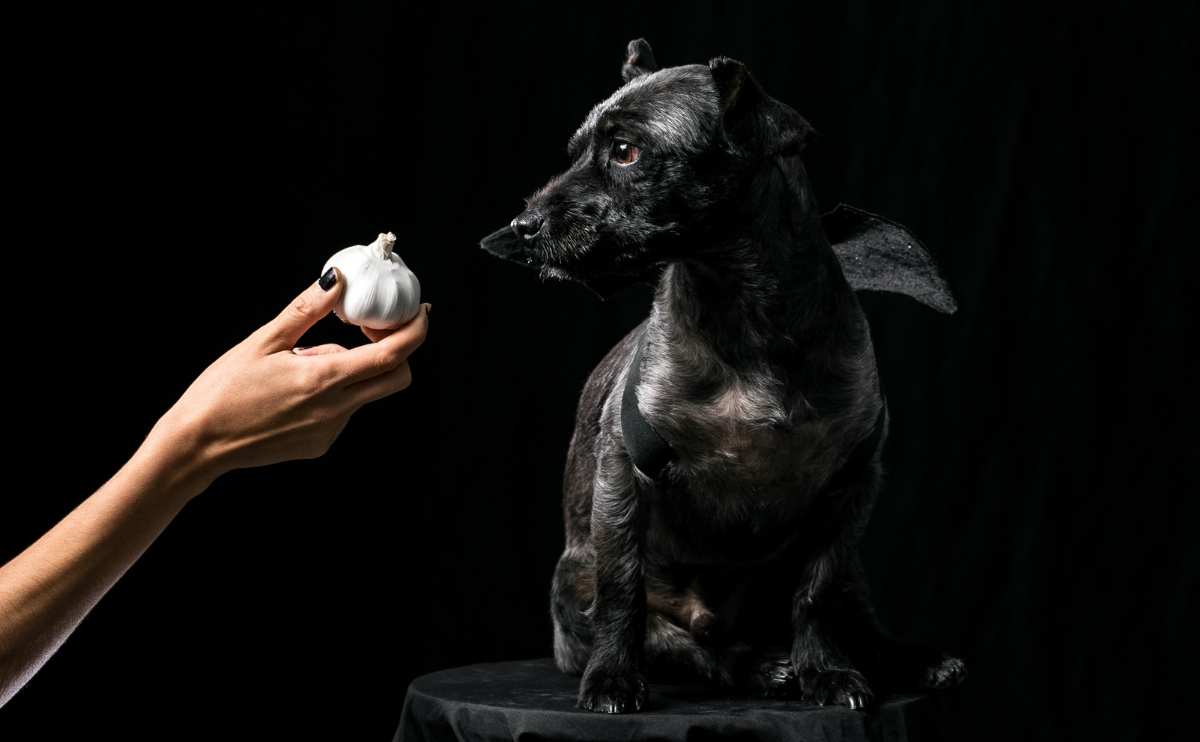
Dogs are notorious for begging for some food and will happily clean up after us. Part of why canines love human food is because of the flavor that comes from seasonings. Garlic is one of the most prevalent seasonings used in our food, which brings up the often-asked question, Can dogs eat garlic? Many owners may think the spice is safe for dogs, but in truth, it is not the best choice. Garlic is not safe for dogs in large quantities, and too much can be toxic. Only minimal amounts are okay for canines. We explore the specifics of a dog eating garlic and share what owners need to know about this commonly used seasoning.
As with many toxicities, garlic is dose-dependent, meaning a small breed dog eating several garlic cloves is likely more likely to become unwell than a large breed who just nibbles a slice of garlic bread, says Dr. Rebecca MacMillan, BVetMed BSAVA PGCertSAM MRCVS. So, the seriousness and severity of garlic poisoning will depend on the dogs weight as well as the quantity of garlic they consume. Hemolytic anemia (damaged red blood cells) is a real possibility for dogs that eat a large enough dose of garlic, with symptoms possibly not emerging until a few days later.
Can Dogs Eat Garlic?
In simple terms, no, dogs should not have garlic. Dogs are tolerant of only a tiny amount of it. It is not healthy for dogs to consume in large amounts. It can be safe in strict moderation, but dogs should never be purposefully fed the cloves or seasoning. A bite of food seasoned with the spice is insufficient to hurt them or cause significant ill effects.
Is Garlic Bad For Dogs?
While a bite or two is not harmful, the spice is unsafe for dogs. Garlic contains compounds that are toxic to canines. While humans eat these spices all the time and have no trouble digesting them, canines do not break these compounds down the same. While it may have some nutritional and health benefits, to answer the question simply, garlic is not suitable for a pooch to eat. Some breeds are more susceptible to it than others. These include the Japanese breeds of Akita, Japanese Chin, and Shiba Inu. Cats, cows, and horses are also highly susceptible.
Is Garlic Toxic For Dogs?
Garlic is toxic to canines. It belongs to the allium family of plants, as do onions, and contains the compound thiosulfate. This compound is toxic to canines and can cause significant damage. Thiosulfate damages red blood cells that carry oxygen throughout the body. It can cause weakness and lethargy and lead to hemolytic anemia. Along with that, it can also cause gastrointestinal dysfunction and pain.
Allium plants also contain something called N-propyl disulfides. This compound is harmless to humans but causes red blood cells to break down in pets, including canines, leading to a higher risk and likely developing anemia.
While spice tastes good and adds flavor, it is a gastrointestinal irritant for canines. In high enough doses, it can be highly toxic and cause severe damage to their red blood cells. This damage disrupts the bodys ability to receive and absorb oxygen. Too much of it can also lead to hemolysis or total devastation of red blood cells.
Ingesting a large amount is likely to cause sickness and ill effects in a dog within 24 hours. Smaller amounts may also cause toxic reactions. Reactions can even be delayed for several days.
Symptoms of hemolytic anemia include:
- Dark colored urine
- Jaundice
- Lethargy
- Pale mucus membranes
- Rapid breathing
- Weakness
Symptoms of garlic poisoning in canines include:
- Abdominal pain
- Dehydration
- Depression and mood changes
- Diarrhea
- Drooling
- Lethargy
- Increased heart rate
- Loss of appetite
- Panting
- Body weakness
- Vomiting
How Much Garlic Is Toxic For Dogs?
It is important to note that a few bites of food with the spice will not cause severe, long-term damage to a canines system, though they may experience stomach upset and gastrointestinal dysfunction.
Research has dictated that as a general guideline, 15 to 30 grams of garlic per kilogram of a poochs weight is enough to bring about a negative or toxic reaction.
A clove generally weighs between 3 and 7 grams. Pets must ingest a relatively large amount to have severe effects, though milder symptoms are likely. Keep in mind that some breeds are far more sensitive than others. Even eating an excess amount over a few days can lead to toxicity, and those symptoms may be prolonged in presentation.
People often ask if dogs can have garlic bread. The answer is no. The high fat and salt content in butter, along with the spices, make it tasty but highly inappropriate to feed to canines. Can dogs have garlic powder? The answer again is no. Powder is much higher in concentration than fresh garlic and should be avoided.
Is Garlic Good For Dogs?
Garlic, raw or cooked, is not good in large quantities for canines, but it does hold some healthy elements. These include amino acids, vitamins, and nutrients like potassium, phosphorus, sulfur, and zinc. In extremely small amounts, it may have some beneficial effects. Dog foods have very low levels of it and have undergone rigorous testing to ensure no toxic effects. It is important to remember that adding fresh or spice powder to your pets food is inadvisable.
Benefits of garlic include fighting bacteria, liver detoxification, inflammation reduction, boost to the immune system, lower fat, and prevention of blood clots.
When Is It A Garlic Emergency?
Ingesting too much garlic can be quite serious. In some cases, it can even cause enough oxidative damage to be fatal. If you suspect your pup has eaten too much or even a moderate amount, it is best to contact your veterinarian. Monitor your pet for symptoms, try to determine how much they ingested, and remove any more from their reach. Relay as much information to your doctor as possible and seek medical treatment if your paw baby is distressed.
Suppose you notice symptoms like rapid breathing, increased heart rate, lethargy, trouble breathing, extremely dark urine, bloody stools, blood in urine, vomiting, blood in vomit, or other significant signs of illness. In that case, it is best to seek emergency veterinary treatment. These are signs your pet needs help right away.
How Does The Vet Treat Garlic Poisoning?
The veterinarian must start with the physical examination, medical history, and laboratory tests. The exam will include your pets vital signs, such as blood pressure, respiration rate, reflexes, temperature, weight, and height. They will likely check heart rate and abdominal palpation. Your veterinarian will pay close attention to your pets breathing rate and mucus membrane cult.
Tests that will be performed include a complete blood cell count, hemoglobin concentration, packed cell volume, blood glucose level, urinalysis, arterial blood gas, and biochemistry analysis. Depending on the severity of the situation, your pup may also need a liver biopsy or blood clot test. Imaging will also likely be a part of the process, including an abdominal X-ray, CT scan, or ultrasound.
Once your veterinarian has diagnosed the problem, the first step will be to rid the body of toxins.
A Vets Expert Advice On Dogs Ingesting Garlic
Early treatment of garlic ingestion would include inducing vomiting and the administration of activated charcoal to prevent any further absorption of the toxin. Bloodwork may be needed to assess for signs of anemia, with severely affected animals requiring hospitalization for intravenous fluids, blood transfusions, and oxygen therapy, says Dr MacMillan. Early treatment gives the best chance of survival, so if you suspect your dog has eaten garlic, you should contact your vet right away.
Adds MacMillan, This was exactly what one of my clients did, immediately presenting their elderly terrier who had eaten a whole garlic bulb, raided out of the vegetable drawer in the kitchen. I gave an emetic, which successfully induced vomiting and administered activated charcoal to prevent any remaining toxins from being absorbed. By bringing their dog to me within the first two hours of his accidental ingestion, we were able to successfully treat him before any damage was done, avoiding the need for intensive hospitalization.
Your veterinarian may need to admit an animal to inpatient treatment if the situation is serious enough. Once admitted, IV fluids, oxygen therapy, and other steps will likely be taken to flush the toxin out of the body using a saline solution. If canines have developed anemia, blood transfusions may be necessary.
Once your dog is out of the woods, they will need special at-home treatment. Treatment may include a special diet, medications, and physical activity restrictions for a few weeks. Most healthy canines will recover from the poisoning if given prompt treatment.
Why Does Dog Food Use Garlic If It Is Toxic?
An extremely small quantity of garlic can help nutritionally balance commercial dog food. It can be beneficial as a stimulant to the intestinal tract to help with digestion and improve intestinal health. It can be used in pet foods as a flavoring and to help with healthy gut bacteria. Dog foods are created by professionals who take great care and extensively test products to ensure there are no toxic levels of anything in their recipes.
Will Eating Garlic Repel Fleas On Dogs?
There is a lot of varying information about garlic being a flea repellent. While there is a claim that feeding pets the spice will make fleas not like how they taste, there is no scientific data to back this up. Nor is there any truth behind the idea that spraying your pet with it will repel fleas. Sticking to a veterinarian-approved, scientifically proven flea prevention method is best. Any pup with an active flea infestation needs veterinary care.
This spice is not safe for your pup in large amounts. Also hazardous are many inedible items and dangerous chemicals they come across daily. Simply eating a stick in the yard could cause problems. Your pup will surely encounter unexpected dangers and health concerns as they age. Proactively signing up for pet insurance before you are in a precarious health situation can decrease financial worry, allowing you to focus on your pups health and recovery should an emergency arise.
Wondering What To Put In Your Dogs Bowl?
While sharing our food with our four-legged canine companions is tempting, and they certainly enjoy these tasty treats, human foods are not always healthy or the best choice for them. Canines do much better on healthy, well-balanced diets developed just for them. For many owners who want top-quality food, fresh, human-grade food like The Farmers Dog is a wonderful pick.
Meals come freshly prepared right to your door. All owners must do is thaw and surf. Along with The Farmers Dog, other companies like Ollie, Spot & Tango, We Feed Raw, and JustFoodForDogs all offer top-quality fresh food choices. Of course, every pup needs healthy kibble, and we cover several breed-specific recommendations and top picks for overall healthy dog food.
If you are concerned about your pups overall health or worry they are not meeting their nutritional needs, its best to discuss these concerns with your veterinarian before making any significant dietary changes. Adding fresh elements like spices is not a good idea, and owners can unintentionally cause their pets severe sickness and damage. Working with your veterinarian or a certified pet nutritionist is a much better bet. They can help you determine the best diet to meet your pets needs and even advise on making dog food at home, supplements, and other measures owners can take to keep their pets healthy.
Tagged With: Food Safety

